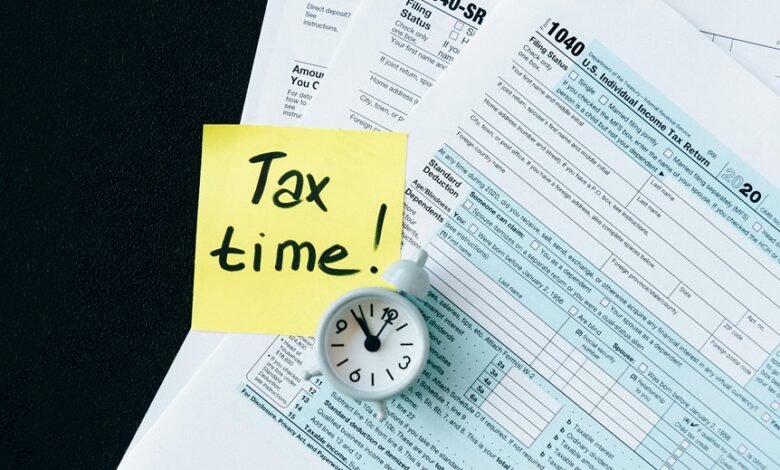1614131005 Average Service Wait Time Report

The “1614131005 Average Service Wait Time Report” presents a comprehensive examination of wait times across various sectors, revealing critical disparities. It underscores how extended wait periods can significantly diminish customer satisfaction and loyalty. The findings suggest that these delays not only affect immediate service perceptions but also long-term trust in brands. As organizations strive for efficiency, the report prompts consideration of pivotal strategies that could reshape operational dynamics and enhance service delivery.
Overview of Average Service Wait Times
As service industries increasingly prioritize customer satisfaction, understanding average service wait times has become essential for evaluating operational efficiency.
Effective wait time analysis allows organizations to identify bottlenecks, streamline processes, and enhance service efficiency. By measuring and interpreting these metrics, businesses can better align their operations with customer expectations, ultimately fostering an environment where both service providers and consumers experience greater satisfaction and freedom.
Key Findings and Trends
What patterns emerge when analyzing average service wait times across various industries?
The wait time analysis reveals significant disparities, with sectors such as healthcare experiencing longer delays compared to retail.
These findings underscore the importance of service efficiency, highlighting that industries can enhance operational practices.
Ultimately, optimizing wait times may lead to improved resource allocation and greater consumer autonomy, fostering a more liberated service environment.
Impact on Customer Satisfaction
Although long service wait times are often perceived as a minor inconvenience, they can significantly affect customer satisfaction across various industries.
Prolonged waits diminish perceived service quality, leading to frustration and a decline in customer loyalty. Customers increasingly seek responsive services, and delays can erode trust, ultimately impacting their willingness to return.
Thus, understanding this relationship is crucial for maintaining positive customer experiences.
Strategies for Improvement
Addressing the issue of long service wait times requires a multifaceted approach aimed at enhancing operational efficiency and customer experience.
Implementing process optimization techniques can streamline workflows, reducing bottlenecks. Additionally, strategic resource allocation ensures that personnel and tools are effectively deployed during peak demands.
Conclusion
In conclusion, the report unveils a landscape marred by lengthy service wait times, akin to a traffic jam halting progress and patience. As organizations grapple with these delays, the erosion of customer trust becomes palpable, much like a slow leak draining the vitality from a once-vibrant reservoir. By embracing targeted strategies for improvement, businesses can transform their operational efficiency, cultivating an environment where prompt service flourishes, and customer loyalty blossoms like flowers in spring after a long winter.

